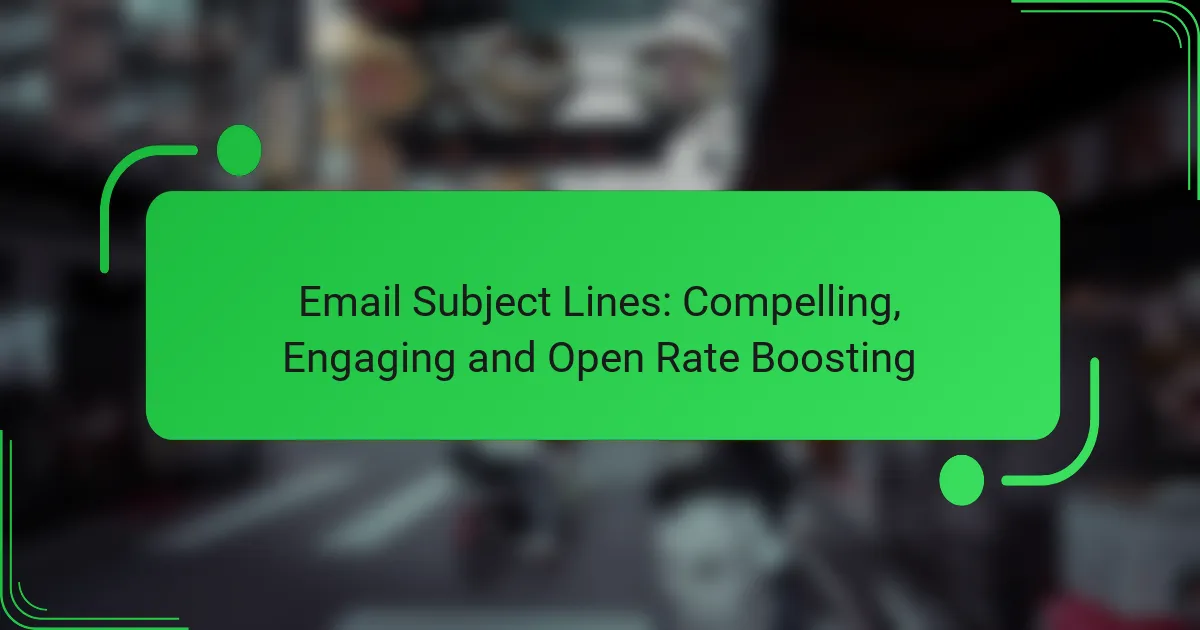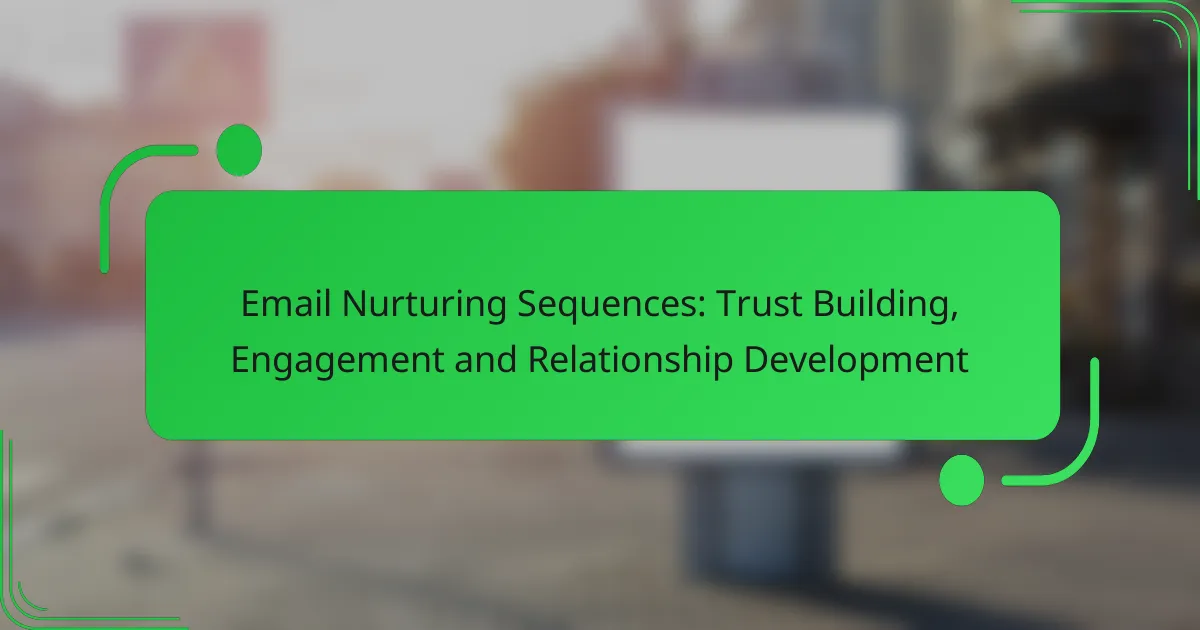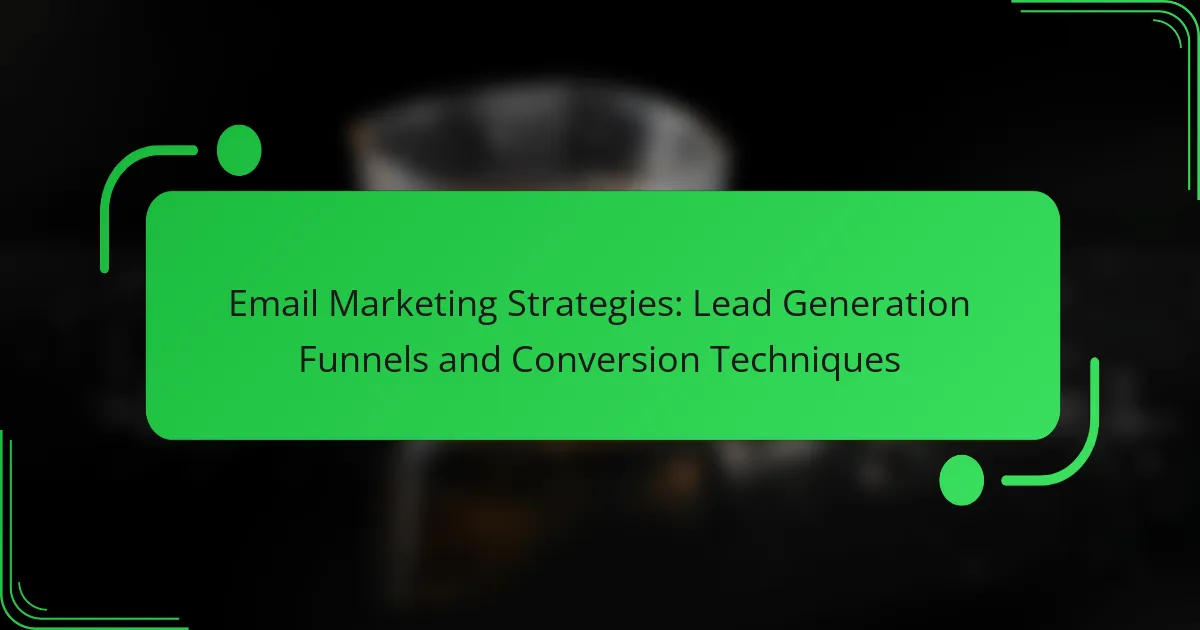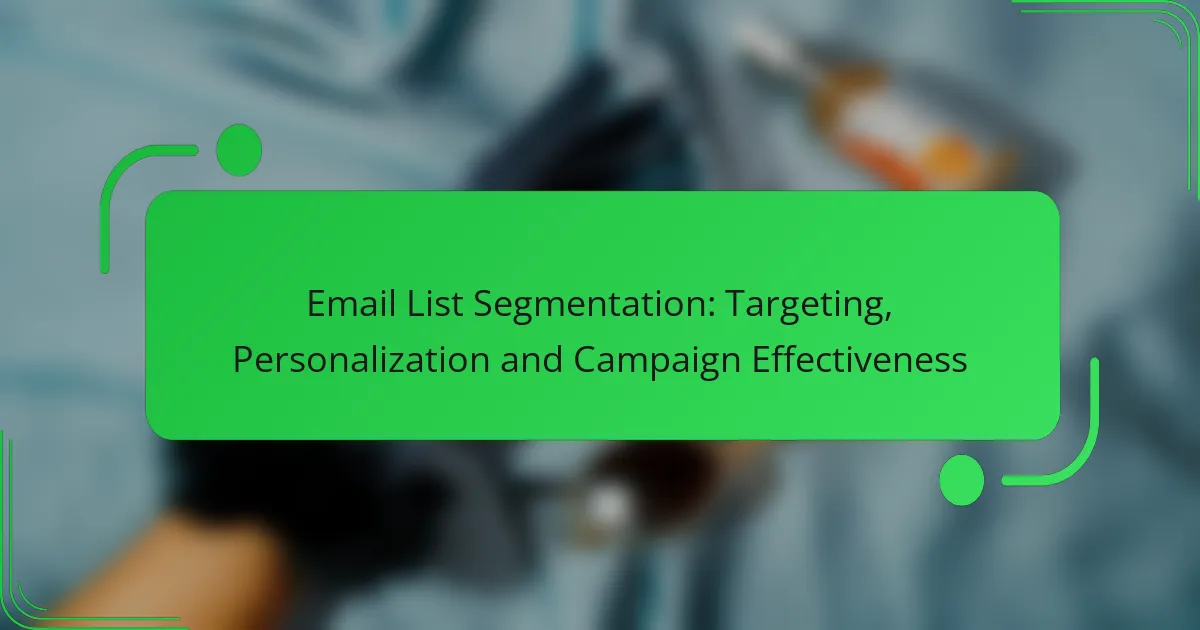Crafting compelling email subject lines is essential for capturing attention and boosting open rates. By focusing on personalization, urgency, and engaging language, you can create subject lines that resonate with your audience. Utilizing tools to analyze and optimize your subject lines can further enhance engagement and improve the effectiveness of your email campaigns.
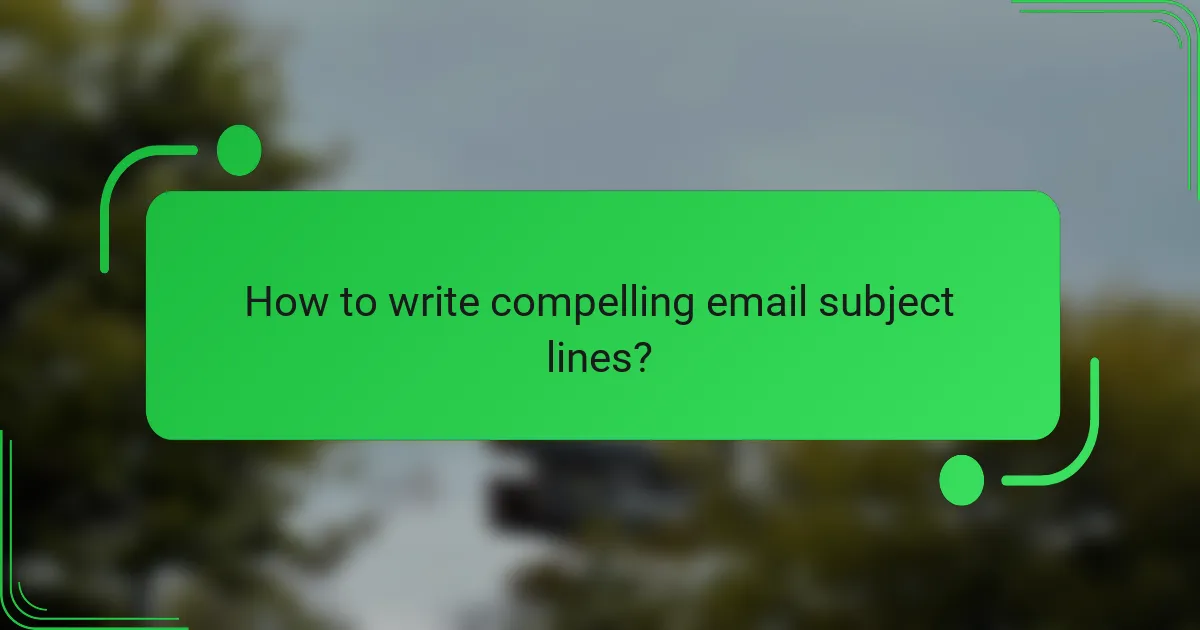
How to write compelling email subject lines?
Compelling email subject lines grab attention and encourage recipients to open the email. To write effective subject lines, focus on personalization, urgency, power words, conciseness, and engaging questions.
Use personalization techniques
Personalization techniques involve tailoring subject lines to individual recipients. Including the recipient’s name or referencing their previous interactions can significantly increase open rates.
For example, a subject line like “John, your exclusive offer awaits!” feels more engaging than a generic one. Consider using data from your email list to customize messages based on user preferences or behaviors.
Incorporate urgency and scarcity
Creating a sense of urgency or scarcity can prompt immediate action from recipients. Phrases like “Limited time offer” or “Only a few spots left” encourage readers to act quickly.
Using time-sensitive language, such as “Act now to save 20%!” can drive higher engagement. However, ensure that the urgency is genuine to maintain trust with your audience.
Utilize power words
Power words evoke strong emotions and can make your subject lines more compelling. Words like “exclusive,” “guaranteed,” or “free” can attract attention and spark curiosity.
Consider testing different power words to see which resonate best with your audience. A/B testing can help identify the most effective language for your specific demographic.
Keep it concise
Conciseness is key in email subject lines, as many email clients truncate longer text. Aim for subject lines that are around 6-10 words to ensure they are fully visible on most devices.
Short and impactful lines like “Unlock Your Free Gift Today!” are more likely to catch the eye than lengthy descriptions. Always prioritize clarity over cleverness.
Ask engaging questions
Asking questions in your subject lines can pique curiosity and encourage opens. Phrasing like “Ready to transform your life?” invites readers to find out more.
Ensure that the question relates directly to the content of the email. This alignment helps maintain interest and sets the right expectations for the recipient.

What are the best practices for increasing open rates?
To increase open rates, focus on crafting compelling subject lines, understanding your audience, and continuously testing your strategies. Implementing best practices can significantly enhance engagement and drive better results for your email campaigns.
Test A/B variations
A/B testing involves sending two variations of your email to different segments of your audience to determine which subject line performs better. This method allows you to experiment with different wording, lengths, and styles to see what resonates most with your readers.
When conducting A/B tests, aim for a sample size that is statistically significant to ensure reliable results. For example, you might test a concise subject line against a more descriptive one to see which generates higher open rates.
Analyze audience preferences
Understanding your audience’s preferences is crucial for crafting effective subject lines. Use analytics tools to gather data on past email performance, including open rates and click-through rates, to identify trends and patterns.
Consider segmenting your audience based on demographics or behavior, allowing you to tailor subject lines to specific groups. For instance, younger audiences may respond better to casual language, while professionals might prefer a more formal tone.
Optimize for mobile devices
With a significant portion of emails opened on mobile devices, optimizing your subject lines for mobile viewing is essential. Keep subject lines concise, ideally under 50 characters, to ensure they display fully on smaller screens.
Additionally, consider using emojis or engaging language that captures attention quickly. However, avoid overusing them, as this can detract from professionalism and clarity. Test how your subject lines appear on various devices to ensure optimal visibility.

Which tools can help create effective subject lines?
Several tools can assist in crafting effective email subject lines, enhancing engagement and open rates. These tools analyze various elements of your subject lines, providing insights and suggestions to optimize performance.
CoSchedule Headline Analyzer
CoSchedule’s Headline Analyzer evaluates your subject lines based on factors like word balance, length, and emotional impact. It assigns a score that reflects how compelling your headline is likely to be, helping you refine your choices.
To use this tool effectively, aim for a score in the high 70s or above. Incorporate power words and emotional triggers to enhance appeal. Avoid overly long subject lines; keeping them under 60 characters is a good practice.
SubjectLine.com
SubjectLine.com offers a straightforward scoring system based on criteria such as length, urgency, and personalization. It provides instant feedback, allowing you to tweak your subject lines for better performance.
For optimal results, strive for a score of 80 or higher. Consider using personalization tokens to increase relevance. Avoid using all caps or excessive punctuation, as these can trigger spam filters.
Mailchimp Subject Line Helper
Mailchimp’s Subject Line Helper provides suggestions based on your input, analyzing trends and best practices. It helps you brainstorm ideas and refine your subject lines to align with your audience’s preferences.
Utilize this tool by entering your initial ideas and reviewing the suggestions. Keep your subject lines concise, ideally between 40 to 50 characters, to ensure they are fully visible on most devices. Test different variations to see what resonates best with your audience.
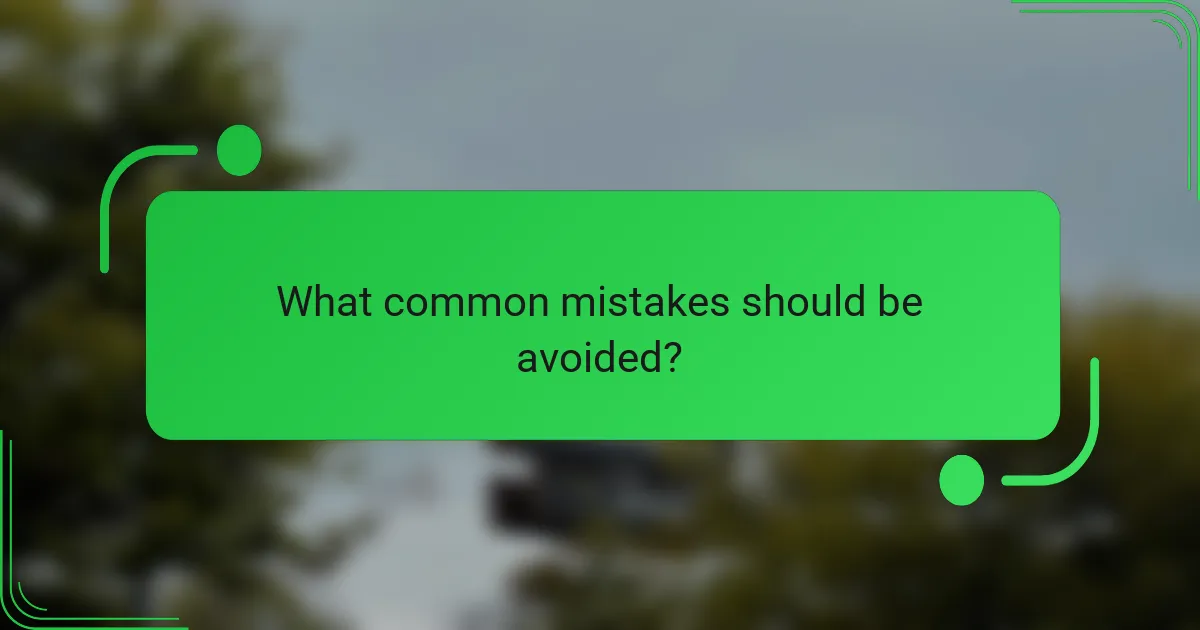
What common mistakes should be avoided?
To create effective email subject lines, it’s crucial to avoid several common mistakes that can lead to low open rates. These pitfalls include using spammy language, writing in all caps, and providing misleading content.
Avoid spammy language
Spammy language can trigger email filters, causing your messages to land in the junk folder. Words like “free,” “guaranteed,” and excessive exclamation marks can raise red flags for both filters and recipients.
Instead, focus on clear and honest language that reflects the content of your email. Use action-oriented phrases that convey value without sounding overly promotional.
Don’t use all caps
Using all caps in subject lines can come across as shouting, which may annoy recipients and deter them from opening your email. This practice is often associated with spam and can negatively impact your brand’s reputation.
Opt for a mix of upper and lower case letters to maintain a professional tone. This approach not only enhances readability but also makes your subject lines more inviting.
Steer clear of misleading content
Misleading subject lines can lead to disappointment and distrust among your audience. If the subject line promises something that the email does not deliver, it can result in high unsubscribe rates and damage your credibility.
Ensure that your subject lines accurately reflect the email content. This builds trust and encourages recipients to engage with your messages in the future.
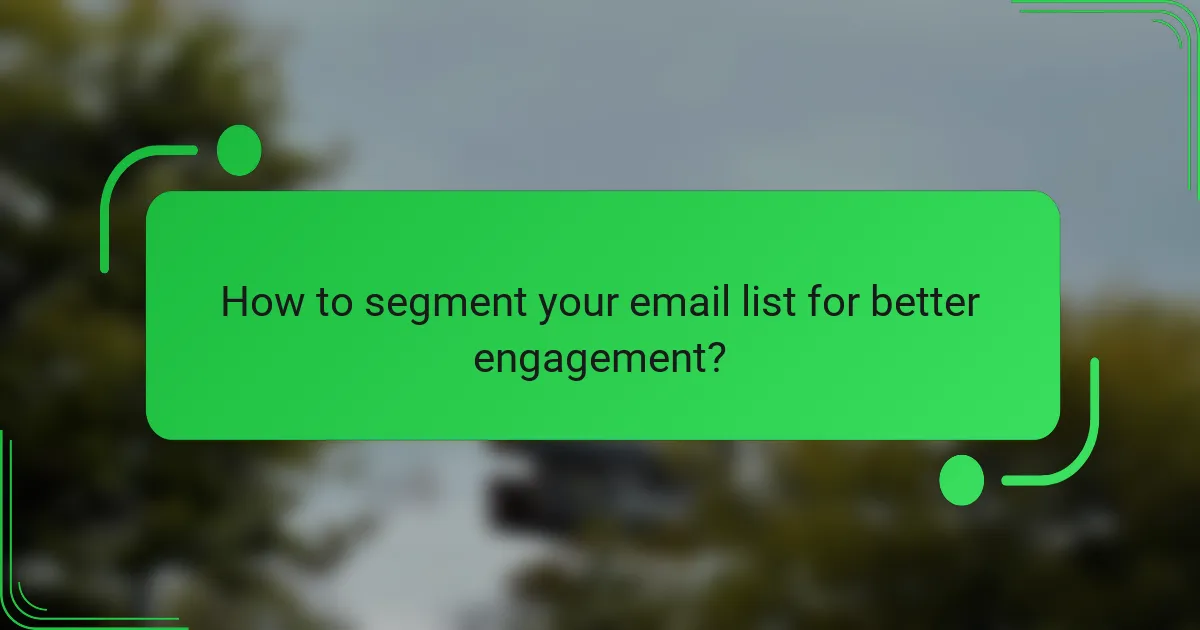
How to segment your email list for better engagement?
Segmenting your email list is essential for improving engagement rates. By categorizing your audience based on specific criteria, you can tailor your messages to meet their interests and needs, resulting in higher open and click-through rates.
Demographic segmentation
Demographic segmentation involves dividing your email list based on characteristics such as age, gender, income, education, and location. This method allows you to create targeted campaigns that resonate with specific groups. For instance, a luxury brand may focus on high-income individuals, while a student discount service targets younger demographics.
When implementing demographic segmentation, consider using data from sign-up forms or surveys to gather relevant information. Ensure that your messaging reflects the unique interests and preferences of each demographic group to maximize engagement.
Behavioral segmentation
Behavioral segmentation categorizes your email list based on user interactions and behaviors, such as purchase history, website activity, and email engagement. This approach enables you to send personalized content that aligns with the recipient’s previous actions. For example, you might send a follow-up email to customers who abandoned their shopping carts, encouraging them to complete their purchase.
To effectively use behavioral segmentation, track user actions through analytics tools and adjust your email campaigns accordingly. Avoid overwhelming recipients with too many emails; instead, focus on delivering relevant content that encourages further engagement and conversions.
